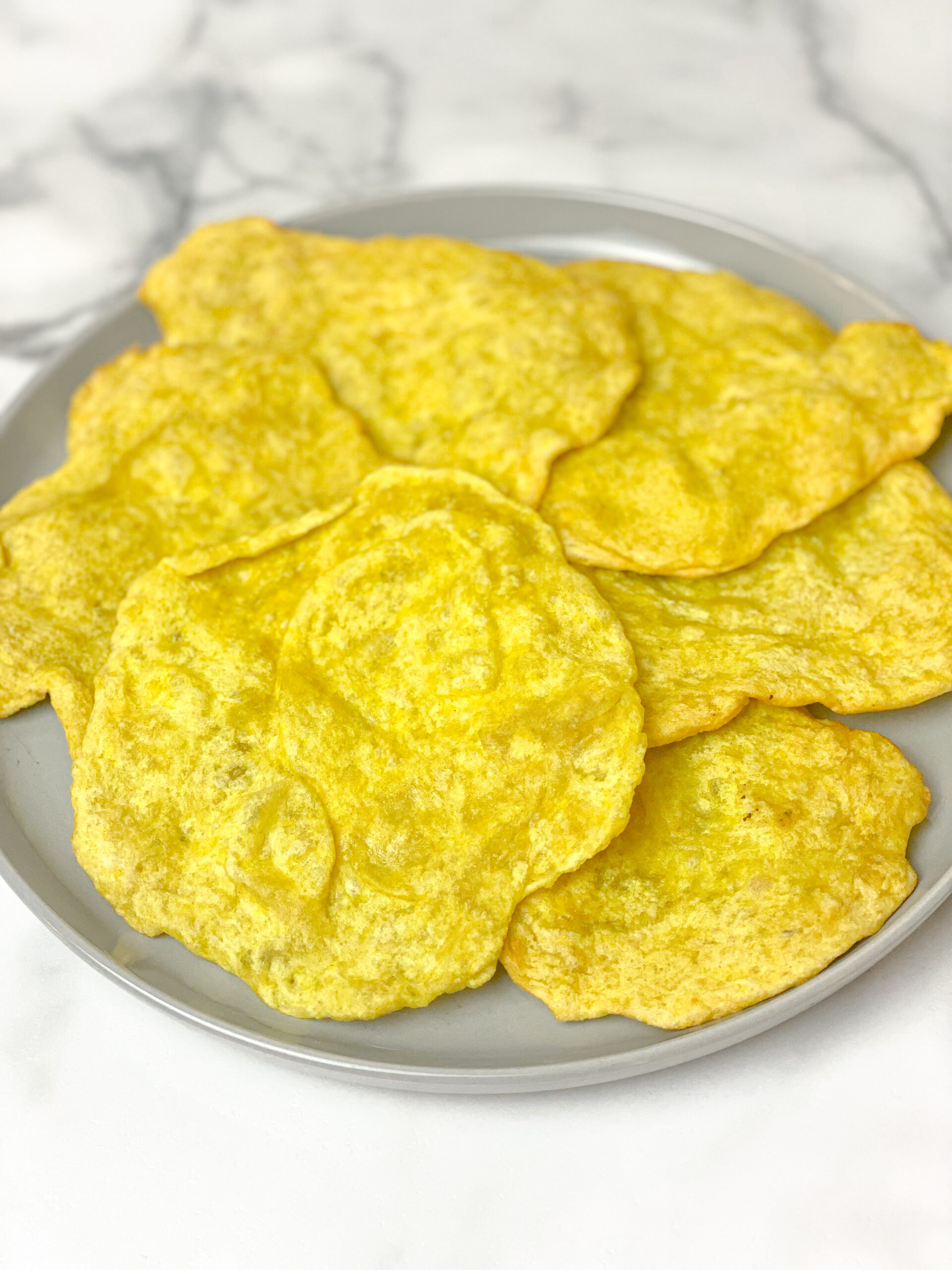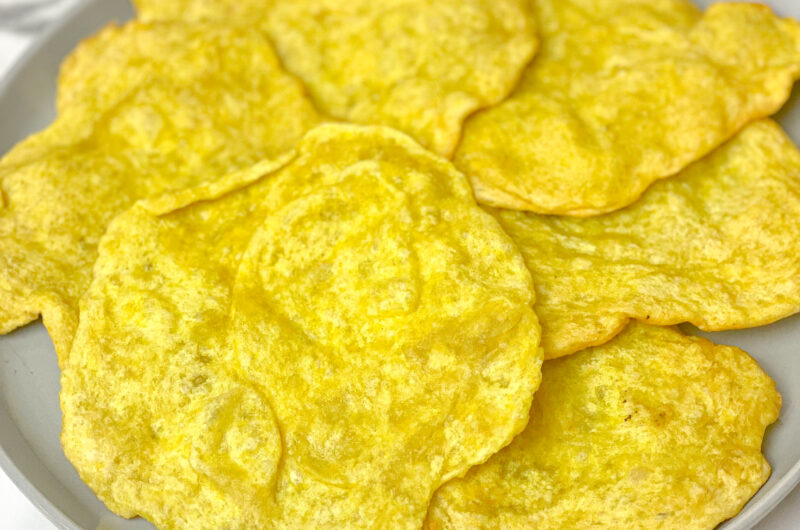What is Trini style Bara? What is Bara?
Trinidadian bara is a deep-fried flatbread that forms the base of a popular Trinidadian street food called doubles. Doubles are essentially two bara filled with a curried chickpea filling (channa) and topped with various chutneys and sauces. The deep-fried dough patty is round and slightly puffed, while being soft and fluffy on the inside, with a crispy golden exterior. I’d describe the taste as slightly savory, with a hint of turmeric and earthiness. Bara shares similarities with flatbreads like phulka and puri, which makes it likely that Bara is an adaptation of these Indian breads.
Street Food in Trinidad
Trinidadian street food is a vibrant and flavorful reflection of the island’s multicultural heritage. Influenced by African, East Indian, Chinese, and European cuisines, it offers a delightful mix of savory and sweet treats such as doubles, bake and shark, pholourie, corn soup, fried plantains and sugar cakes. Yep, fried sugar cakes. They are exactly what they sound like, fried dough balls soaked in syrup.
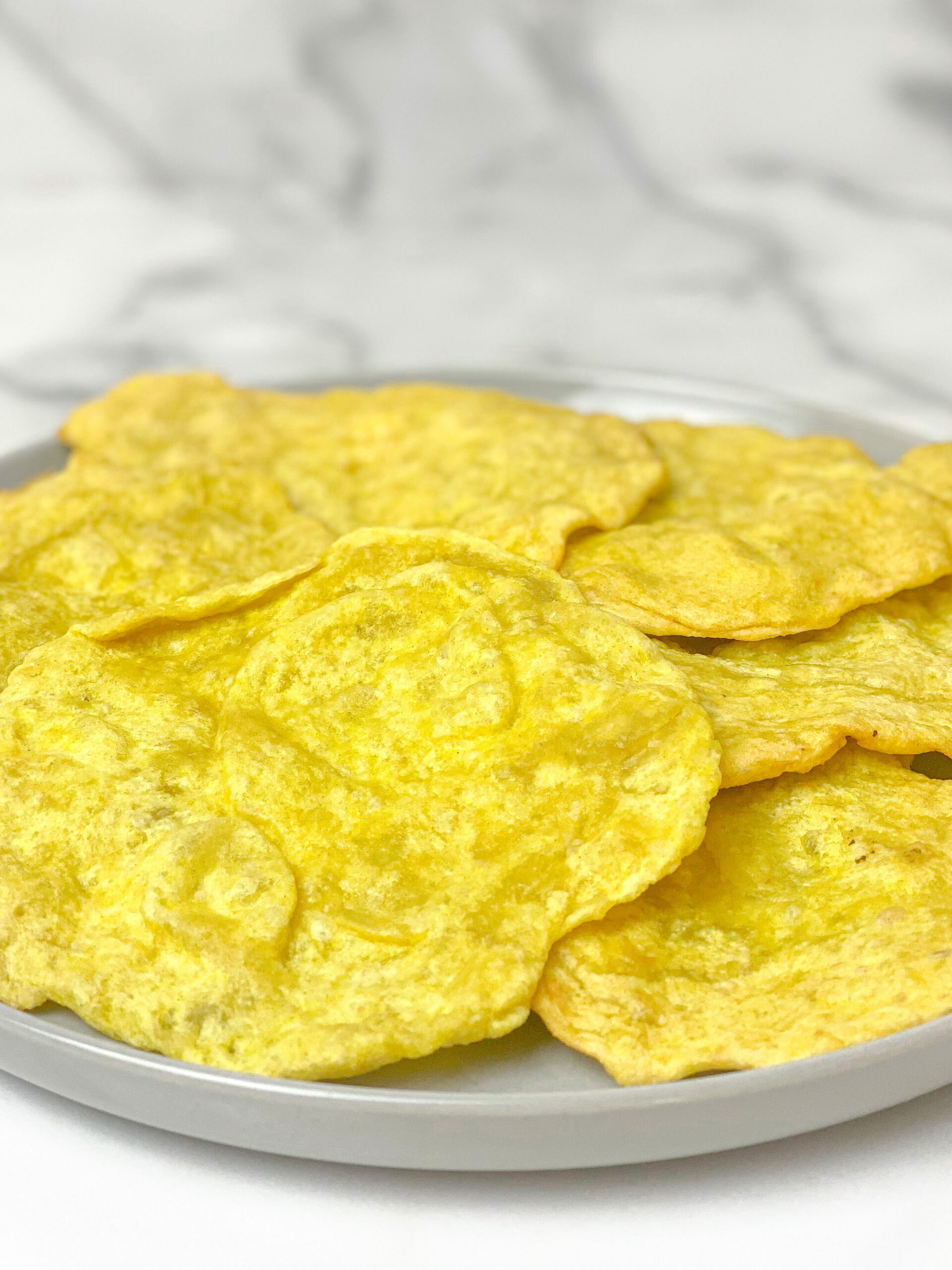
Bara Ingredients
The main ingredients in bara are quite simple, reflecting its origins as a street food. Here’s a breakdown of the typical components:
- Flour: All-purpose flour is the most common choice, though some recipes might incorporate split pea flour or gram flour for added flavor and texture.
- Baking Powder: This leavening agent helps the bara puff up slightly during frying, creating a soft and fluffy interior.
- Turmeric: A common spice in Trinidadian cuisine, turmeric adds a subtle earthy flavor and a beautiful golden hue to the Bara.
- Salt: For basic seasoning.
- Water: Used to bind the dough ingredients together.
- Oil: Coconut oil is needed for rolling out the dough and high-heat or vegetable oil is needed for frying the bara until golden brown.
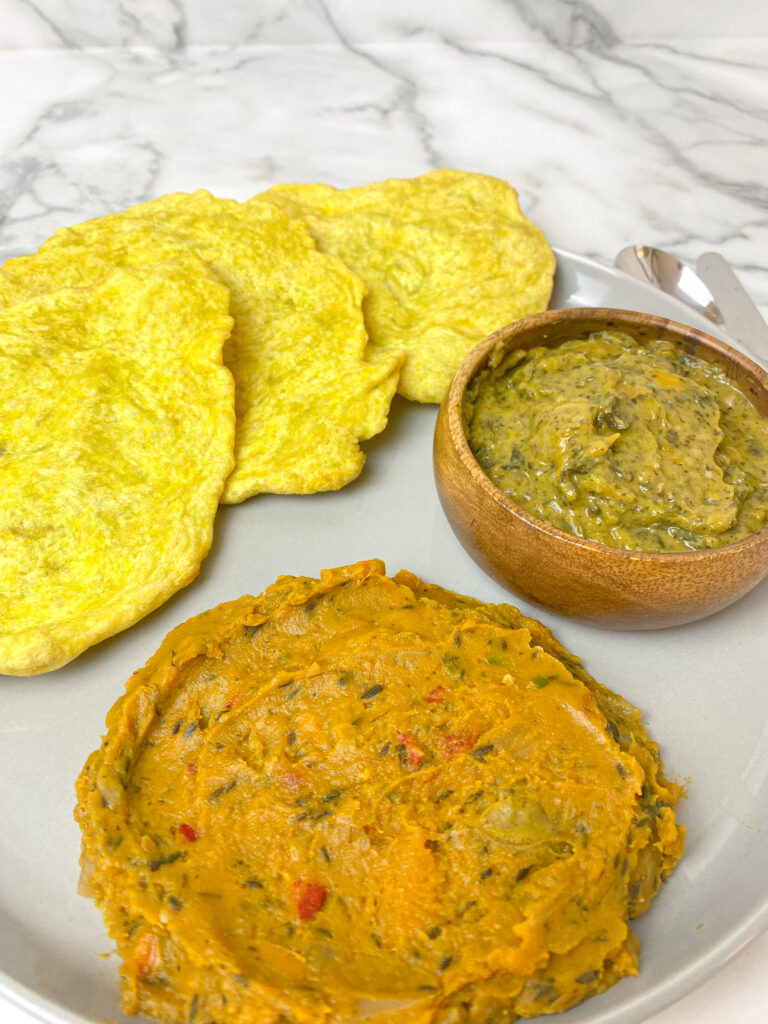
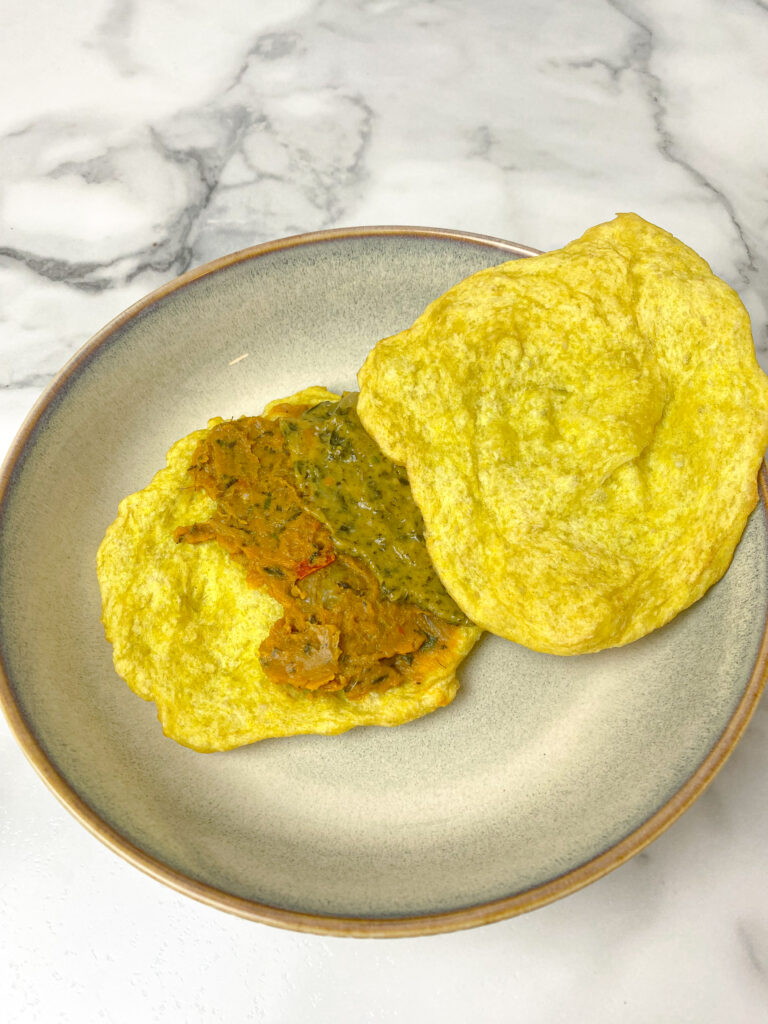
How to make Bara
- Combine Dry Ingredients: In a large bowl, whisk together the flour, baking powder, turmeric and salt.
- Make the Dough: Slowly add the lukewarm water to the dry ingredients, mixing with a small spatula or preferably your hand until a soft, slightly sticky dough forms. You might need to adjust the water amount depending on the flour.
- Knead Briefly: Lightly knead the dough on a floured surface for a minute or two, just until it comes together. Avoid over-kneading as this can make the bara tough.
- Oil and Rest: Rub the dough with a little oil and place it back in the bowl. Cover the bowl with plastic wrap and let the dough rest in a warm place for at least 1 hour, or until doubled in size.
- Heat the Oil: Pour enough vegetable oil into a large skillet or frying pan to reach a depth of about 1/2 inch. Heat the oil over medium heat until it reaches around 395°F.
- Shape the Bara: Once risen, divide the dough into equal portions. You can dictate the size of the bara, but I wouldn’t suggest making these any larger than 6 inches in circumference. Lightly oil up your counter top and your hands with coconut oil. Take each dough ball and start to stretch it into a larger circle, just like you would a pizza dough. Do not use a rolling pin to stretch these, they should be thin and sticky. Use your hands and the oiled counter top to stretch these as thin as possible without breaking the dough or getting any holes.
- Fry the Bara: Gently place one bara at a time into the hot oil. Fry for a few seconds per side, or until golden brown. You want the bara to puff up slightly during frying.
- Drain and Serve: Remove the fried bara from the oil using a slotted spoon and drain on paper towels to absorb excess oil.
Trini Style Bara
Course: Dinner9
servings1
hour15
minutes10
minutesCraving a taste of the Caribbean? Bara is what you’re looking for, the heart of Trinidadian street food! This simple flatbread is a blank canvas for flavor. Made with just a few pantry staples, bara transforms into crispy pockets for curried chickpeas, tangy chutneys, and fresh veggies. It’s a fun, easy and perfect for beginners. So ditch the takeout menu and whip up a batch of bara for a delicious taste of the islands!
Ingredients
2-3 cups all-purpose flour
1-2 teaspoons baking powder
1/2 teaspoon turmeric
1 teaspoon salt
1 cup lukewarm water
Vegetable oil for frying
Coconut oil for the dough and rolling
Directions
- In a large bowl, whisk together the flour, baking powder, turmeric and salt.
- Slowly add the lukewarm water to the dry ingredients, mixing with a small spatula or preferably your hand until a soft, slightly sticky dough forms. You might need to adjust the water amount depending on the flour.
- Lightly knead the dough on a floured surface for a minute or two, just until it comes together. Avoid over-kneading as this can make the bara tough.
- Rub the dough with a little coconut oil and place it back in the bowl. Cover the bowl with plastic wrap and let the dough rest in a warm place for at least 1 hour, or until doubled in size.
- Once your dough has risen and you’re ready to start shaping the baras, pour enough vegetable oil into a large skillet or frying pan to reach a depth of about 1/2 inch. Heat the oil over medium heat until it reaches around 395°F.
- Once risen, divide the dough into equal portions. You can dictate the size of the bara, but I wouldn’t suggest making these any larger than 6 inches in circumference. Lightly oil up your counter top and your hands with coconut oil. Take each dough ball and start to stretch it into a larger circle, just like you would a pizza dough. Do not use a rolling pin to stretch these, they should be thin and sticky. Use your hands and the oiled counter top to stretch these as thin as possible without breaking the dough or getting any holes.
- Gently place one bara at a time into the hot oil. Fry for a few seconds per side, or until golden brown. You want the bara to puff up slightly during frying.
- Remove the fried bara from the oil using a slotted spoon and drain on paper towels to absorb excess oil.
- Serve the fresh bara with your favorite mixings such as curried chana, pumpkin talkari, chutneys or callaloo stew!
- If you have any, store the leftovers in the fridge for up to 4 days.
Notes
- You can adjust the amount of turmeric for a deeper yellow color or omit it entirely.
- If the dough feels too sticky after resting, add a little more flour, but be careful not to overwork it.
- Don’t overcrowd the pan when frying. Fry the Bara in batches to maintain the oil temperature.
- You can use a slotted spoon to gently press down on the Bara while frying to encourage puffing.

